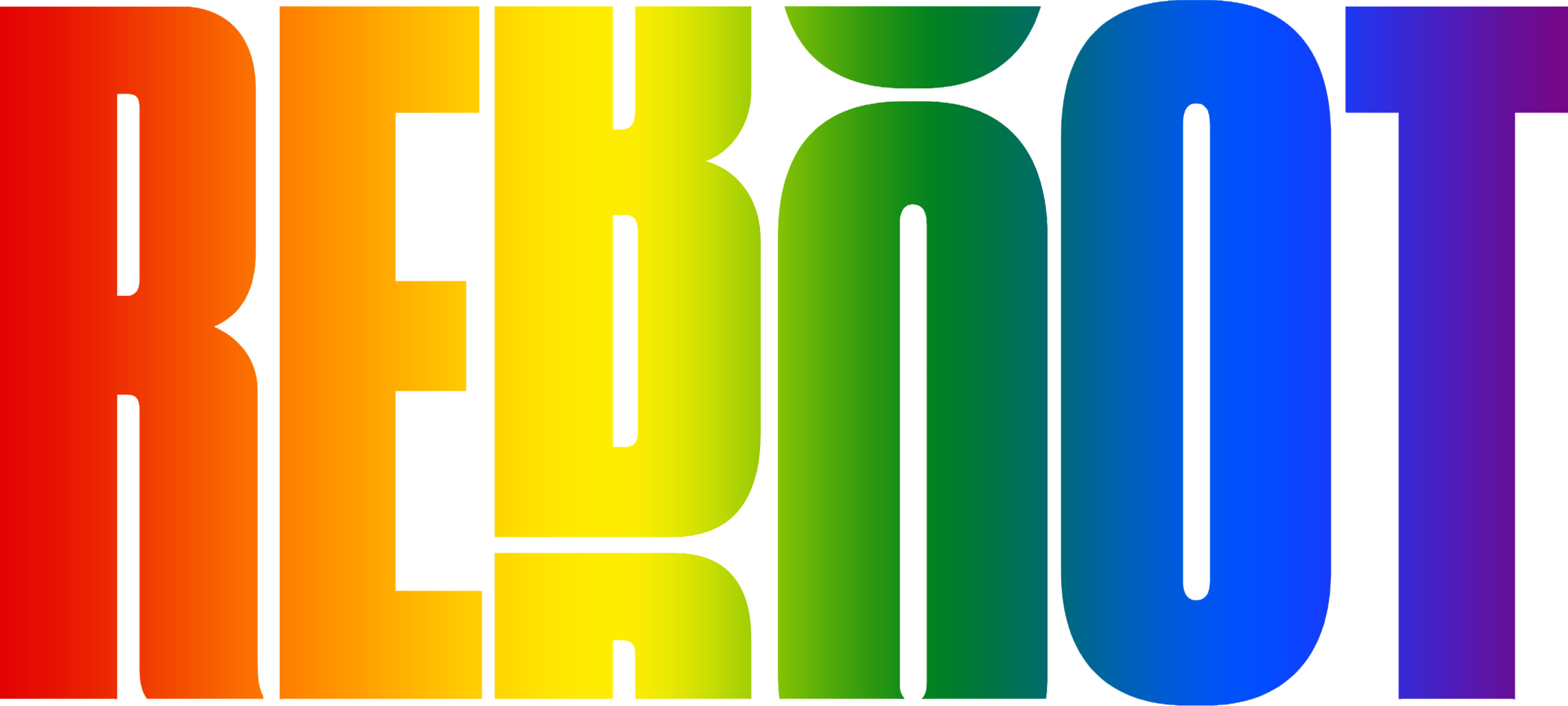Passover (Hebrew: פֶּסַח; Transliterated: PAY-sach) is a major, seven-day holiday that commemorates the Jewish people’s harrowing Exodus (lit. from the Greek “way/road out”) from Egyptian slavery to freedom. As straightforward as this time of commemoration may seem to us today, the history of Passover is quite complex. First, the word “Passover” has at least two meanings. On the one hand, it is a verb that can mean “to pass over” – as in Exodus 12:23, when Moses declared to the Israelites:
For when the Lord goes through to smite the Egyptians, He will see the [lamb’s] blood on the lintel and the two doorposts, and the Lord will pass over the door and not let the Destroyer [angel] enter and smite your home. In addition to this meaning, “passover” can be used as a proper name for the kind of sacrifice that the ancient Israelites were expected to bring to their God:
Moses then summoned all the elders of Israel and said to them, “Go, pick out lambs for your families, and slaughter the passover offering (i.e. a lamb).Exodus 12.21. Beyond the ambivalent meanings of the word, Passover seems to be a combination of two separate ancient festivals: The Feast of Unleavened Bread (chag hamatzot) and Passover (the sacrifice of the pesach offering), see Leviticus 23:5-6. What is more, it shares many parallels with Ancient Near East new year festivals (e.g. festivals occurring near the spring equinox, the banning of leaven, animal sacrifice, etc.).
The Passover that we know and love today, with its infinitely expanding versions of Haggadot and the Seder, is owing to the work of the rabbis. After the destruction of the temple (70 CE) and the end of animal sacrifice, the rabbinic sages realized that they needed to reconstruct and remix the holiday and its various defunct temple rites for the sake of the people. As such, over the course of hundreds of years, rituals were layered upon rituals until, voila! we have Passover as we know it.
